India, one of the world's largest and fastest-growing economies, is in the midst of a major infrastructure push. The government's ambitious plans to build new highways, bridges and ports are driving demand for commercial vehicles, particularly trucks. This is good news for Indian truck manufacturers such as TATA Motors and Ashok Leyland, but only to a certain extent.
While the surge in demand for trucks is expected to boost sales for these companies, it is also putting pressure on their margins. Here's why:
- Increase in raw material prices: The prices of raw materials such as steel and aluminum, which are key inputs in the manufacturing of commercial vehicles, have been rising steadily. This is due to a combination of factors such as supply chain disruptions, higher transportation costs, and increased demand from other industries. As a result, the cost of manufacturing trucks has gone up, reducing the profit margins for manufacturers.
- Competitive pricing: With the increase in demand for trucks, competition among manufacturers has intensified. To stay competitive, some manufacturers have resorted to offering discounts and other incentives to customers. This has put pressure on the margins of all players in the market.
- Technological advancements: The trucking industry is undergoing a transformation, with the adoption of new technologies such as electric and autonomous vehicles. While this presents an opportunity for manufacturers to innovate and differentiate themselves, it also requires significant investments in research and development, which can impact their profitability.
Despite these challenges, TATA Motors and Ashok Leyland are expected to benefit from the surge in demand for trucks in India. Both companies have a strong presence in the domestic market and a wide range of products to cater to different customer segments. They have also been investing in technology and expanding their product portfolios to stay competitive.
In addition, the Indian government's focus on promoting domestic manufacturing and reducing dependence on imports is expected to benefit local truck manufacturers. The government has announced several incentives for the sector, including lower taxes and subsidies for electric vehicles.
In conclusion, while the surge in demand for trucks in India is good news for TATA Motors and Ashok Leyland, it is also putting pressure on their margins. The companies will need to focus on improving their efficiency, reducing costs, and innovating to stay ahead of the competition. The government's support for the sector is also critical in ensuring its growth and competitiveness in the long run.

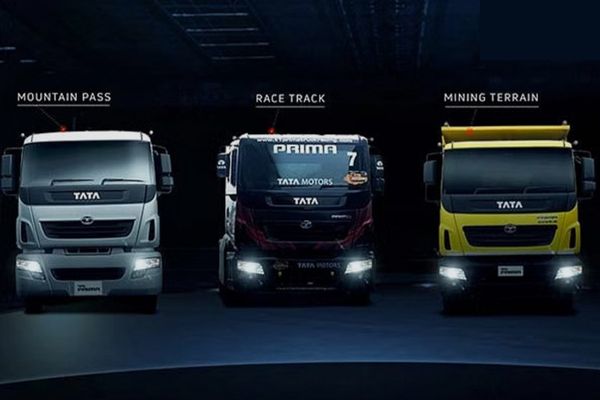
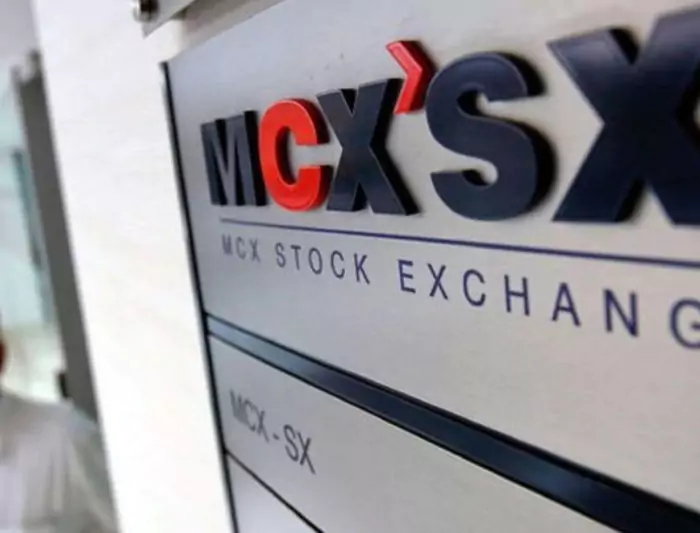

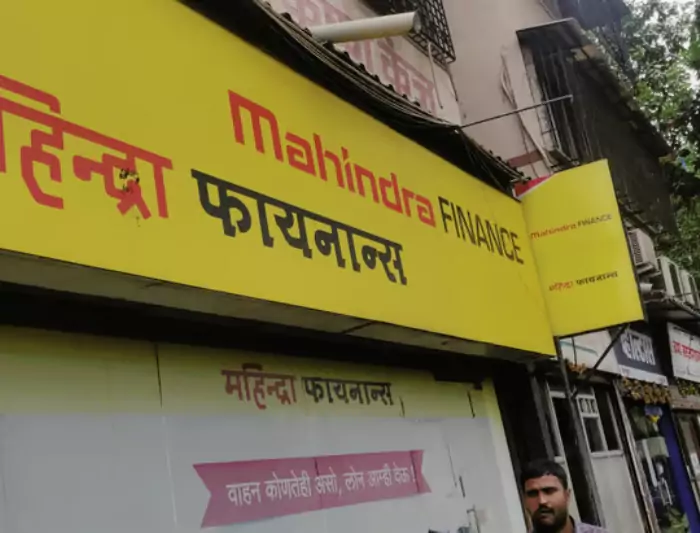
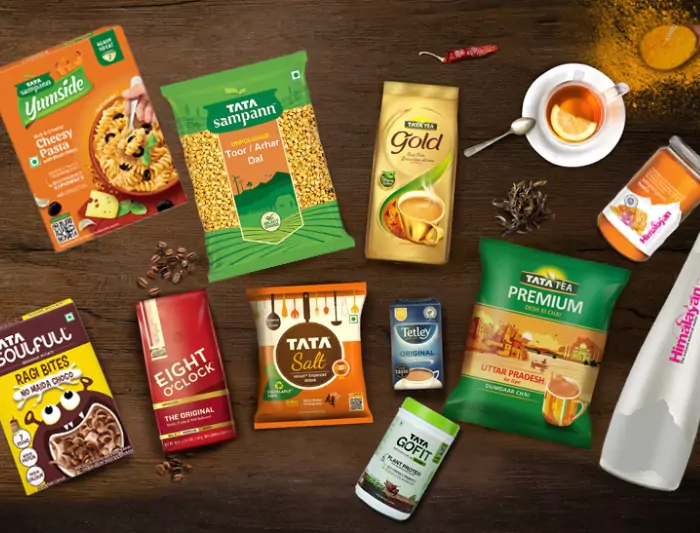
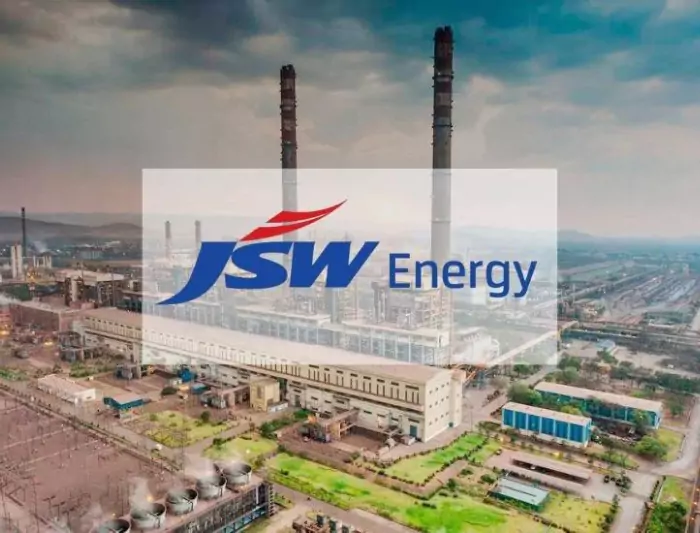

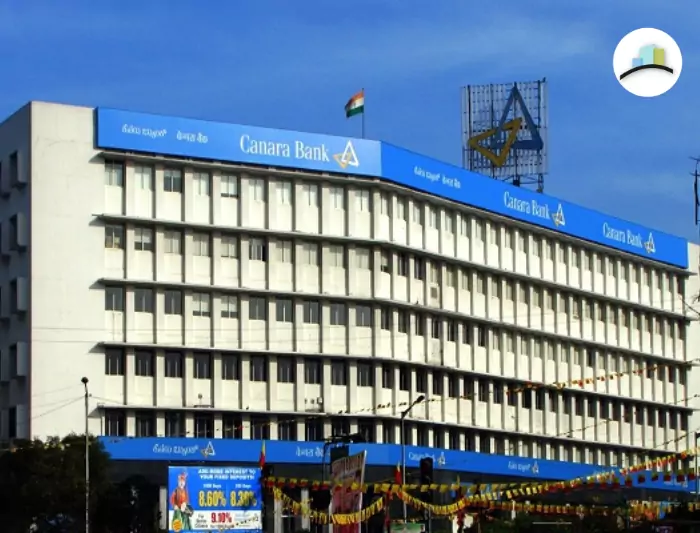
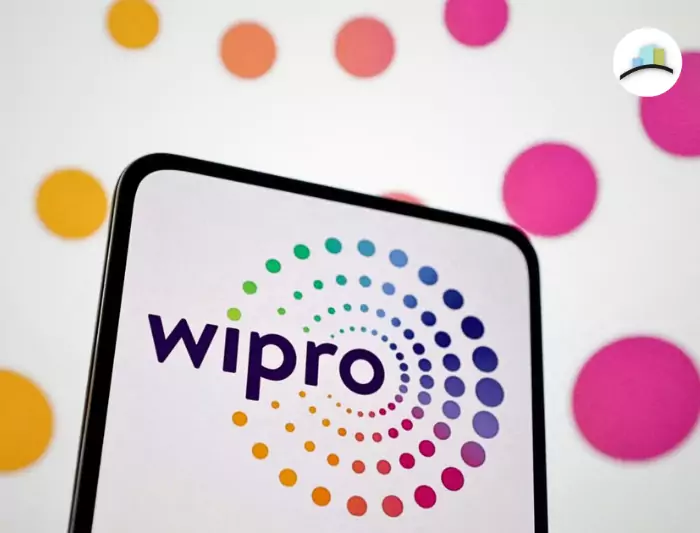







 1,499
1,499
